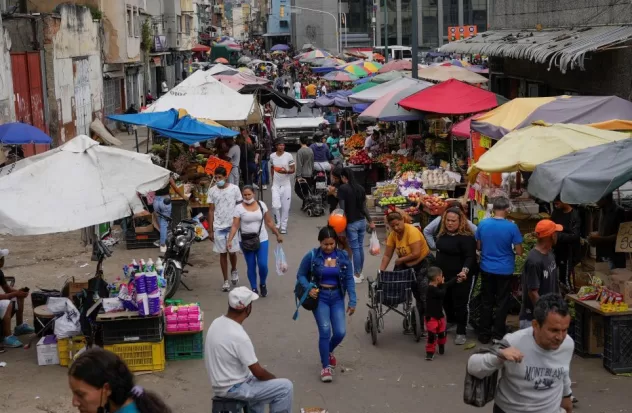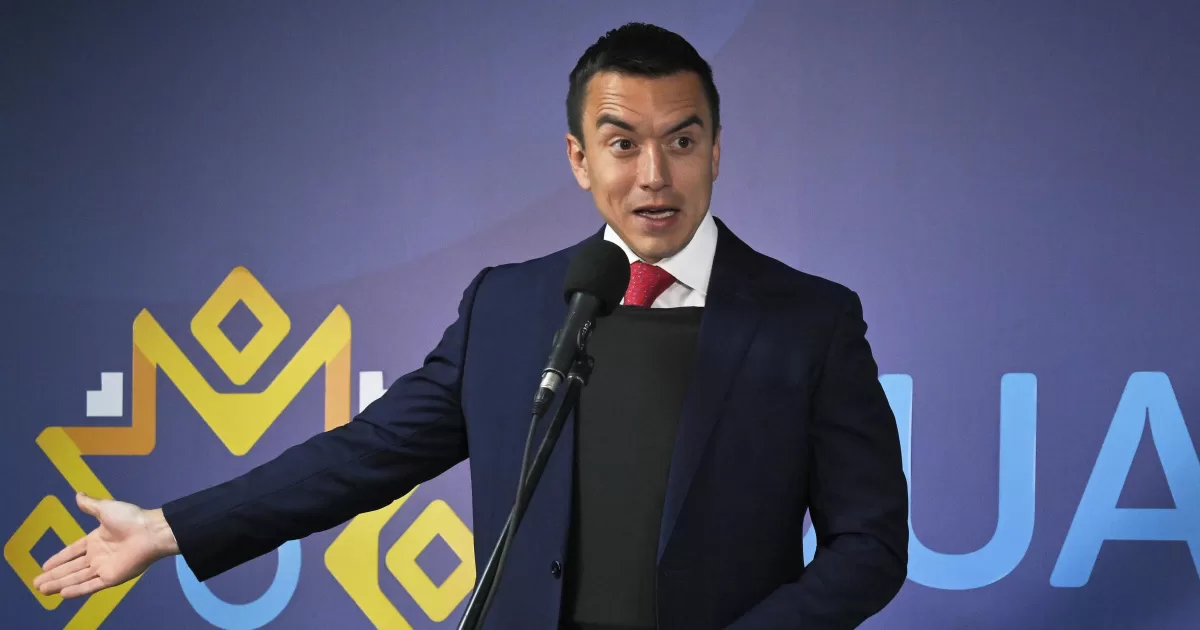The 2023 Living Conditions Survey (ENCOVI) was carried out by the Economic and Social Research Institute of the Andrés Bello Catholic University (UCAB) in 16,212 homes in the country, between March and May of last year.
The measurement, one of the most complete that has been published for almost a decade, is carried out every year in the absence of official statistics. Since 2015, the Venezuelan regime stopped releasing complete figures on poverty, inflation, shortages, causes of death or disease infections, among other indicators on the living conditions of the population.
Poverty conditions
According to the results of the study, 51.9% of Venezuela’s population was in poverty last year, a slightly higher figure compared to 2022, when multidimensional poverty — which includes income level and access to services public sectors such as education and health—was 50.5%.
Half of the households do not receive enough income to cover the Food Basket, which puts them in a situation of extreme poverty, according to ENCOVI results.
The majority of Venezuelans live on an average of 300 dollars a month but several million receive the minimum wage, which is 130 bolivars in April 2022, which was then equivalent to 30 dollars; but now it has been reduced to $3.59. The average per capita income in the poorest segment is 10 dollars a month.
Basic basket
The Documentation and Analysis Center of the Venezuelan Federation of Teachers, which tracks the cost of the so-called Workers’ Food Basket, placed it in July at about 535.23 dollars, about 19,370 bolivars.
The unions demand salaries and pensions updated to the cost of the basic food basket.
Of the workforce made up of people over 15 years of age, only 10.7 million or 52.2% are employed, and within this group, 48.3% are self-employed.
The Venezuelan regime applied public spending cuts, tax increases and foreign currency injections at the end of 2021 in an attempt to stop the hyperinflation cycle in the country, which closed that year at 686.4%. In 2023, it reached 189.8% and annualized inflation as of February of this year was 75.91%.
In 2023, according to the results of ENCOVI, this relief in the evolution of prices stopped, despite the existence of government direct money transfer programs and a program to offer food to the poor sectors.
“Transfers have increased, but they should be concentrated in the most vulnerable sectors” to improve their effectiveness, said Luis Pedro España, sociologist and researcher at UCAB during the presentation of the study.
Life conditions
In the Living Conditions Survey, it was also detected that the school population is 7.61 million. That is, 34% of Venezuelans of school age, including those under 24 years of age—out of more than 11.59 million people—do not attend any study for multiple reasons, including poverty.
19% of women, between 18 and 24 years old, who stopped going to classes did so because of “pregnancy, taking care of children or taking care of the home.”
While 40% of those who are in school, meanwhile, have irregular attendance: 30% due to protests by educators, 18% due to absenteeism of teaching staff, 19% due to illness, 10% % due to lack of food in their home and 14% due to failures in public services such as electricity, water or transportation.
Teachers, workers and administrative employees at primary and secondary schools and public universities repeatedly complain about low salaries in bolivars and high prices set in dollars.
Public sector teachers earn an average of 430 bolivars ($11.88) per month and a bonus of 1,000 bolivars ($27.63).
Source: AP


